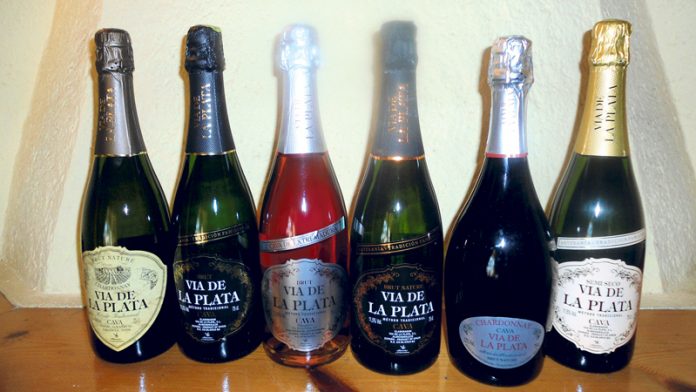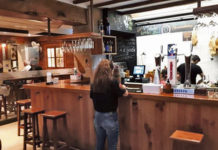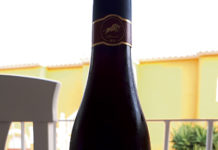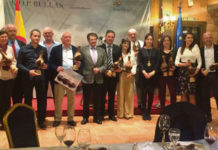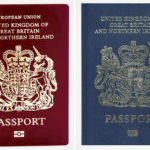Although the Vía de la Plata (‘silver route’), which runs through Extremadura taking pilgrims to Santiago de la Compostela, does eventually lead to the ancient metal mines in northern Spain, the name does not in fact refer to silver.
Historians are undecided – the Roman school of thought suggests that the name is derived from either ‘platea’, meaning ‘wide road’, or ‘Lapidata’, meaning ‘stone road’.
The Arabic school believes the name came from the Arabic word ‘Balatta’, meaning, rather prosaically, ‘road’ (stick with me, you get a history here too!).
However, for me ‘silver’ is closer, or rather ‘gold’ – liquid gold. I’m talking cava here!
Perhaps readers remember a ‘Cork Talk’ of a couple of years ago, when I explained, to those who weren’t aware, that cava is one of the few Denominaciones de Origen that is not restricted to one geographical area. There are others, but none more famous than that of the prestigious sparkling wine of Spain, known as cava.
One such area is about as far away from Cataluña, considered by many to be cava’s natural home, as can be – in Extremadura, the region adjacent to Portugal, whose capital is Badajoz and where the fine wines of DO Ribera del Guadiana are also made. The cava-making industry (though I don’t like this word, crafting cava is not industrial, it’s more of a labour of love) is centred around Almendralejo.















